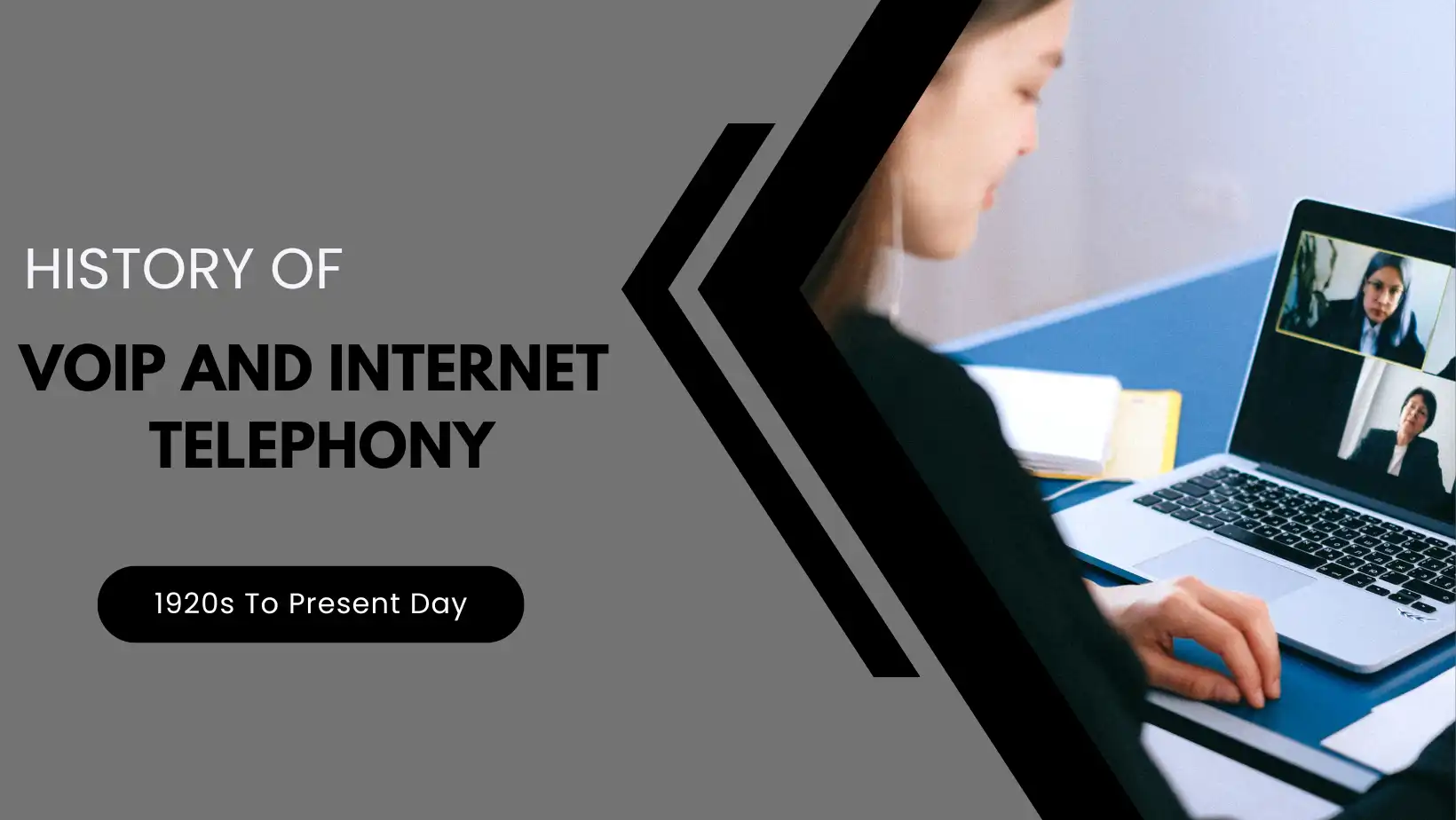Call center jobs can be stressful. Agents often deal with a high volume of calls and upset customers, which can wear them down over time. Nobody wakes up excited to make or take customer calls all day. Even the most cheerful call center representatives need a break. This constant pressure can lead to something known as call avoidance, where agents try to dodge incoming calls. If you are in customer service or run a support team, you have probably heard the term tossed around. Maybe you have seen it happening. Or maybe you have felt burned out yourself and wanted to hit “pause” on that ringing phone. It is a common issue in the industry, but one that can seriously hurt performance and profits if not addressed. That is why it is so important for call center managers to spot the signs early and take steps to reduce it. In this article we will break down what call avoidance really is, why it happens, and how you can spot it early before it snowballs into a big problem. What Is Call Avoidance? Call avoidance happens when agents skip, ignore, or delay customer calls whether on purpose or not. That statement could initially be interpreted as a sign of laziness, but in the majority of the cases, the main reason is not that. Absolutely, on some occasions the person will choose to behave that way on purpose. However, more frequently, the root cause will be inefficient workflows, lack of clear job descriptions, or simply a feeling of tension in the workplace. Agent frustration might be caused by the fact that they do not try to avoid the work but rather that they are so overwhelmed. Consider a situation where an agent had to work for a long time without a break, dealt with calls coming one after the other, and yet was expected to get more results than what was realistically possible. Add in a lack of training or support, and it is no surprise some agents start showing signs of burnout. That is when call avoidance starts. Let’s break down what it actually looks like: 1. Putting Customers on Hold for Too Long Sometimes, agents will extend on hold times, particularly with difficult customers or complicated issues. Depending on the scenario, it is possible that they are not ready for the opposite or they need a rest. Nevertheless, the question is: most customers would not stand a waiting time longer than 2 minutes and 36 seconds and result in them terminating the conversation. Thus, your move simultaneously delays the resolution of the issue and diminishes the customer’s trust. 2. Dragging Out After-Call Work After every call, there is usually some quick follow-up or notes to jot down. But some agents stretch this “wrap-up” time way longer than needed. Because the longer they stay in after-call mode, the fewer calls they will take in a shift. It is an easy way to dodge that next ring, but it slows down the whole team. 3. Leaving the Phone Off the Hook This one is somewhat tricky. An agent may deliberately have their phone off the hook to prevent incoming calls. No ring means no responsibility. But while they might seem “busy,” they are actually blocking the queue and leaving teammates to pick up the slack. 4. Excessive Breaks or Logging Out Repeatedly We all need a break, but there is a difference between a quick breather and logging out every hour. Some agents might excessively take time off or vanish without a trace just to escape facing another set of calls. On the other hand, co-workers will be overburdened with work, and the customers will have to wait more for their issue to be resolved. 5. Constantly Changing Status Ever seen an agent flip-flop between “available” and “unavailable” every few minutes? That is another form of call avoidance. It might not look obvious right away, but it is a way to dodge incoming calls without stepping away from their desk. 6. Pointless Transfers and Call Routing Some agents get into the habit of pushing calls to other departments sometimes even when they could have handled it themselves. It is a bit like playing hot potato with the customer. And while it gets the agent off the hook, it wastes everyone’s time and drags out resolution. 7. Staying on a Dead Call Due to a customer hanging up, the agent is supposed to finish the call and continue with the workflow. However, there are some who do not close the line, which gives the impression that they are still occupied. In reality, they are not helping anyone, they are just avoiding the next call in line. What Causes Call Avoidance? When agents start avoiding calls, it is not always because they do not care. A lot of the time, they are just reacting to tough conditions on the job. Let’s take a look at some of the real reasons behind it. i. Dealing with Difficult Customers Some calls can sap the energy out of you, notably those with angry or impolite customers. When employees are subjected to that type of vigor incessantly throughout the day, it really has a negative impact on them. Gradually, they begin avoiding calls which seem to be emotionally draining. And honestly that is a human reaction. Nobody wants to walk into conflict all day. ii. Stress and Burnout on the Job Call centers are known for being high-pressure. The fast pace, the nonstop calls, the constant monitoring it adds up. If agents are already running on empty, even one tough call can feel like too much. They might decide not to jump on the next ring immediately because they need to take a rest. It is not that they are lazy, it is just that they are protecting themselves. iii. Lack of Training or Support Untrained agents without the proper tools frequently find themselves in a position where they receive a call but they do not know how to help the customer. This is the type of situation that these agents encounter every day. When they know that a specific type of call might leave them struggling for answers, they will instinctively avoid it. Transferring the call feels safer than risking a poor customer experience or worse, getting reprimanded. iv. Too Much Focus on Metrics Numerous call centers are focused on collecting data about Average Handle Time (AHT) or First Call Resolution (FCR). However, whatever these figures can bring by way of help, they have the potential to backfire as well. Thus, if employees are pestered to finish calls rapidly by their supervisors, they will, for sure, behave in a manner that is expected i.e. they will only select the easy calls to handle and avoid racking up difficult ones. It becomes less about helping the customer and more about protecting their stats. How Call Avoidance Hurts Your Business? Call avoidance does not just slow down your agents. It hits your entire business from customer trust to your bottom line. When calls are not handled properly, the ripple effects are bigger than most people expect. 1. Your Reputation Get Affected Bad customer experiences can spread quickly, especially online. Social media and review sites are just a click away, so customers can share their frustrations at once. And they do. Around 90% of people say they avoid doing business with companies that have a bad reputation. Even worse, 87% say they have backed out of a purchase because of negative reviews or online chatter. It does not take much. A long hold, a dropped call, or getting bounced from one agent to another those little moments add up. They are the kind of experiences that make customers walk away for good. 2. You Start Losing Customers People do not just complain they leave. When customer service fails, loyalty goes out the window. Studies show that 80% of customers have switched brands after a bad service experience. That is a huge number. The frightening aspect is that quite a number of these customers do not return. Thus, although an unattended call of just one instance might not look very important at that time, it could take away from you a loyal customer in the future. 3. Customer Satisfaction Drops Nobody enjoys waiting on hold. And customers definitely do not appreciate being transferred five times just to get a basic answer. When calls are avoided, the customer experience suffers. Frustration builds fast and it shows in your satisfaction scores. Long wait times, poor follow-up, and agents passing the buck are all key reasons why customers rate service poorly. Fixing this starts with giving agents what they need to do the job right the first time. 4. Your Costs Go Up Avoided calls do not disappear; they pile up. And the more backlog you have, the more time, effort, and money it takes to fix everything. Repeat calls are expensive. Every time a customer has to call back, it is time your team could have spent solving new issues instead. In fact, one case study showed that cutting down on repeat calls could save a large national call center up to $40 million a year. That is not pocket change, it is a sign that smart call handling pays off. Best Strategies to Deal with Call Avoidance If you are seeing signs of call avoidance in your team, the fix is just about cracking down. The main focus here is to analyze the reasons for the occurrence of the issue and to develop a setting that makes the agents willing to call. The most effective ways to fix the problem step by step are now disclosed. i. Find Out What Is Really Going On Before you do anything else, figure out why agents are avoiding calls in the first place. Call avoidance is usually a symptom, not the root problem. Start by tracking your call center Key performance indicators such as call resolution rates, average handle times, escalations, CSAT scores, and repeat call volume. These figures can provide you with a great deal of information about the areas where employees are facing difficulties. Going through call recordings or transcripts can also facilitate recognizing the trends that you may not have found. But do not just rely on data to talk to your team. Check in with agents through anonymous surveys, one-on-one chats, or team feedback sessions. Ask questions like: What types of calls are you most likely to avoid? What do you feel least prepared to handle? What is getting in your way during a shift? Sometimes, it is as simple as a process issue or a training gap. Other times, it is burnout or personal stress. Either way, the insight you get here sets the tone for everything that comes next. ii. Set Clear Expectations And Make Them Fair When individuals are aware of what you expect from them, they tend to work at their best. You need to establish well-defined rules concerning the time of work, rest periods, duties, and how calls should be handled. Moreover, ensure that every member of the staff is familiar with their Key Performance Indicators and understands the purpose behind them. But here is the key: do not just dump targets on them. Explain how the metrics connect to customer outcomes and overall team success. If an agent understands why a goal exists, they are more likely to buy in. Also, be clear about your call avoidance policy. Let them know what counts as avoidant behavior and what the consequences are but keep it reasonable. More on that next. iii. Do not Go Overboard with Punishments Yes, you need a call avoidance policy. But making it all about strict rules and fear just makes things worse. Agents who feel under constant pressure are more likely to shut down or void calls altogether. If you want your team to perform, do not frighten them. Provide them with clear and truthful instructions. Inform them of the activities that are allowed, those that are not, and above all tell them how you will help them. If an individual makes a mistake, only use the opportunity to instruct and not to punish the person. In this way trust grows, and that is when real change happens. iv. Use Skill-Based Routing to Build Confidence Want fewer transfers and less frustration? Make sure calls go to the right people. Skill-based routing sends customers to agents who know how to handle the issue. That means agents would not feel lost or stressed dealing with stuff outside their training. When calls match their strengths, agents feel more in control. That builds confidence, cuts down on call avoidance, and keeps the whole team running smoother. v. Give Customers Self-Service Options Agents get tired fast when they are stuck answering the same simple questions all day. That is where self-service tools help. Think FAQs, help articles, chatbots, or an IVR menu that makes sense. These tools let customers solve easy problems on their own. That means fewer calls for your team, less stress, and faster answers for everyone. vi. Offer More Than Just Phone Support Not everyone wants to pick up the phone and not every issue needs a call. Add other ways for customers to reach you: live chat, email, text, even social media. These options take some of the weight off your phone lines. Plus, a lot of customers prefer it. Over half say they would rather message than call. Just make sure all your tools talk to each other. That way, agents can pick up right where the last chat or email left off. It saves time and headaches on both sides. vii. Stop Burnout Before It Starts Burnout is real and it is one of the top reasons agents start avoiding calls. If your team is worn out, no rule or policy will fix it. Here are a few things that can help: Set goals that feel doable. Let agents work from home or flex their hours, if you can. Watch the call volume. Spread the load fairly. Keep the door open for honest talks. Support mental health and work-life balance. Celebrate wins whether they are big or small. Give training so they don’t feel stuck. When your team feels heard, supported, and human, they stay sharp—and that’s good for everyone. viii. Recognize And Reward Great Work People need to feel seen. A simple “well done” can go a long way. You do not need to throw a party. Just a quick shoutout in a meeting, a note from the boss, or a small reward for hitting goals is enough. When people know their work matters, they put in more effort and show up stronger. One study found that nearly 3 out of 4 workers who were stressed also felt unappreciated. Fix that, and you will not only lower call avoidance you will lift the whole team’s energy. Final Words – Call Avoidance Call avoidance is not just about being lazy or not caring. It is a sign that something wrong is going on. Maybe your team has burnt out. Maybe they are unsure of what is expected. Maybe they just need better tools and support. To really work on the “what”, you first have to figure out the “why” which means understanding the root cause. Along with that, skill-based routing, transparent communication, care for the mind, self-help options, these little things can add up. When agents feel trusted, trained, and supported, everything changes. They stop avoiding it. They start showing up. And that is when you see real results: happier teams, happier customers, and stronger business. Read More : VoIP Call Recording: How It Works & Best Software Tools to Use?









